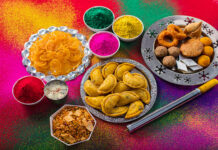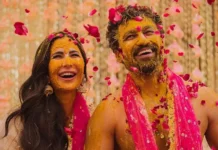Saree draping aesthetics hold tremendous importance for women attending weddings, as elegant attire is an integral part of Indian culture. From the way it is draped, to the choice of fabric and accessories, every aspect of saree draping adds to its charm and uniqueness. Traditionally, sarees are draped in different styles depending on the occasion, with weddings being a time for grand and ornate drapes.
The manner in which the saree is draped has a significant impact on the overall look and feel of the outfit, and women often experiment with new styles and combinations to add their personal flair to the attire. With this essential information, we hope that you explore the various saree draping aesthetics that can be incorporated for weddings, to help you look your best while attending a wedding.
Five Hacks To Become A Saree Pro
- Take off the petticoat: If your saree is made of a non-transparent material or one that is uncomfortable to the touch, ditch the petticoat. Or try a bias-cut slip. You could even try modern shape wear underskirts that are used nowadays instead of a traditional petticoat.
- Flatten the pleats: Flattening the pleats of any drapery will make it more comfortable to sit on.
- Belt the saree: Belt the saree to give it more body.
- Forget the fall: a fall is necessary only if the saree is to be worn long or light. Get a contrasting fall.
- Choose your pins: safety pins are the enemy of each other. Choose sharper pins.
8 Draping Styles To Try
- Kashta: Kashta is a drape commonly used on the shores of the Konkan region of India. Also called Konkani style drape or Naubari style drape, it is a long sari with a dhoti drape.
- Mekhela: The mekhela chador is the quintessential Assamese sari, a two-piece with a sarong at the bottom and a palla at the top.
- Gol Saree: The draping of this Parsi traditional drape means that the pallu is taken from the back and draped over the blouse. The front of the pallu falls just short of the hem.
- With pants: Styled with pants instead of a petticoat
- Lehenga: Did you know that a saree can be styled as a lehenga, the idea being to continue making pleats over six to nine yards? You can add another saree to create larger folds.
- Kodagu: Also called the Coorgi style, this style is characterized by the pleats being pulled back. The pallu is draped from the back to the front and draped over the shoulders.
- Bengal Athpourey: The sari is first draped counterclockwise around the waist, then clockwise a second time. A loose-fitting pallu is draped over the shoulders.
- Hindu Kunbi: This drape was traditionally worn by the Kumbhi women of Goa. Worn without a blouse and petticoat.
 Saree Styling Tips
Saree Styling Tips
Choose a contrasting blouse and petticoat
You can wear a saree without a blouse and a petticoat. In earlier times, women used to wrap saris around themselves without a blouse. It was considered unhealthy for a woman to have a bare chest. This led to the concept of sewing a blouse and petticoat together. Today, women prefer to wear a blouse that is complementary to the sari. In modern times, a shirt may be worn under the sari for a unique look. A perfectly fitted blouse complements the beauty of the sari. Petticoats give the garment shape and comfort.
The Right Saree Fabric
Choosing the right saree fabric is bound to make you feel comfortable and confident. Wearing a chiffon saree will make you feel like a Bollywood dream come true. However, most people complain of skin irritation while wearing it. Hand-woven saris like Kancheepuram, patola, silk and cotton saris, patola and Maheshwari are the most comfortable to wear. They are considered the jewel of Indian ethnic wear. So, whenever you buy a saree, be sure to invest in good material brought from a reputed store. By doing so, you will ensure not only the beauty of the saree but also a long shelf life.
Saree Drapes
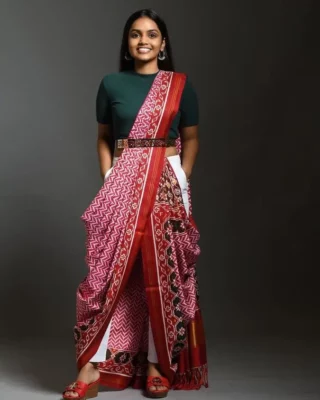
Elegance comes in all shapes and sizes, and we know that there is no such thing as a perfect body. A well-rounded physique is always desired. Each body type has its own set of specifications and allure to them. All that is needed to increase the perfect selection of saris for your body type is simply the right advice.
When considering draping patterns for saris, it is important to first understand the shape of the body, as this is the first step in accentuating the body type and boosting confidence.





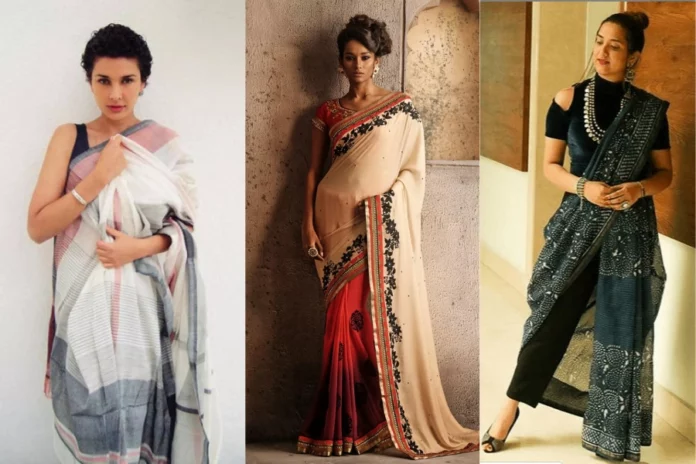
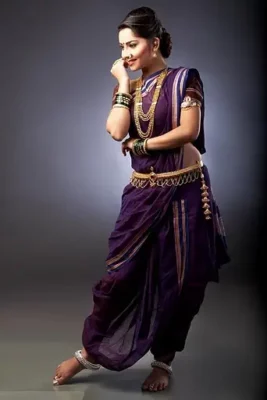
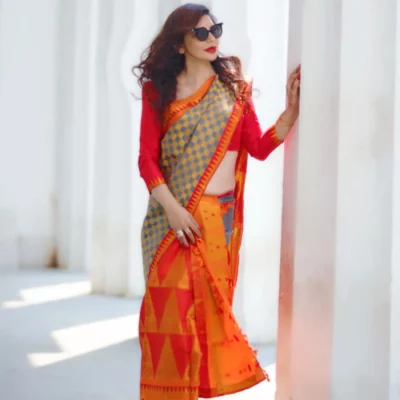
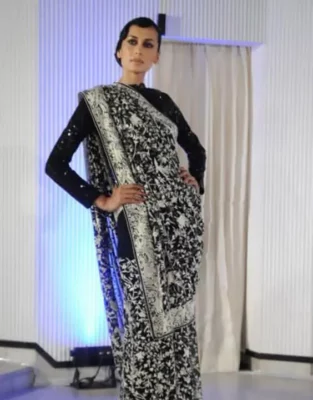
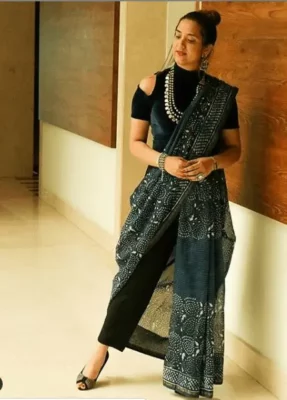
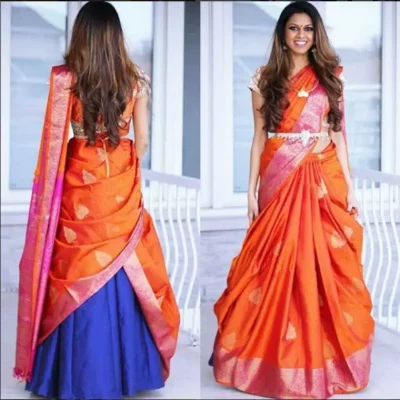
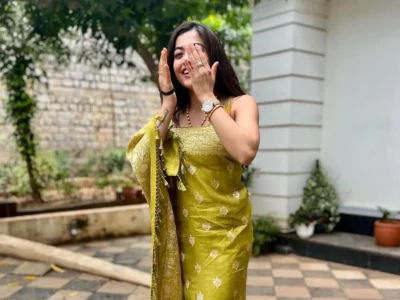
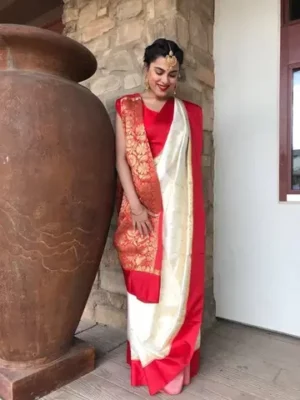
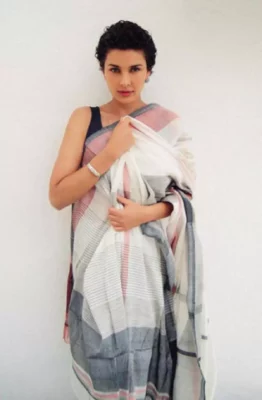 Saree Styling Tips
Saree Styling Tips